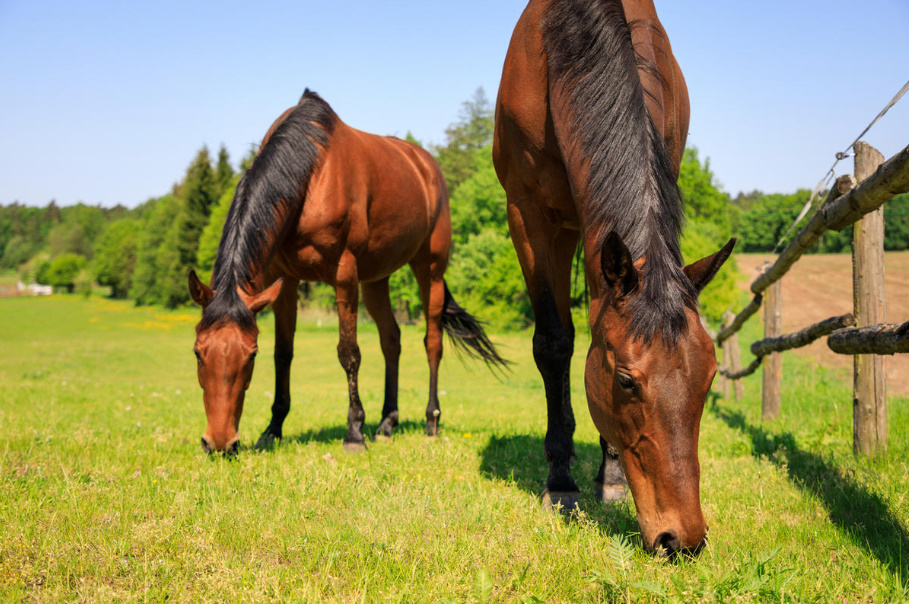
How to determine the quality of horse manure
Of course, it is impossible to visually determine the exact chemical composition and amount of nitrogen. But what is in front of you — fresh excrement, used litter or rotted manure — you will be able to understand. It is customary to distinguish 4 stages of decomposition of manure.
- Slightly decomposed (fresh) — straw bedding almost does not change its appearance, color and strength. If you make an aqueous solution, it will have reddish-greenish shades.
- Semi—ripened – the straw is dark brown, easily destroyed. An aqueous solution of dark brown color. The volume decreases by about a third during decomposition.
- In well—rotted manure, the original organic component should not be guessed – neither manure balls, nor litter (straw, sawdust, shavings). The mass should be homogeneous, naturally moist, loose, uniform dark brown, almost black in color. At this stage, the manure pile is reduced by half of its original size.
- Humus is the last stage, making up a quarter of the original amount; a loose mass with the smell and appearance of the earth.
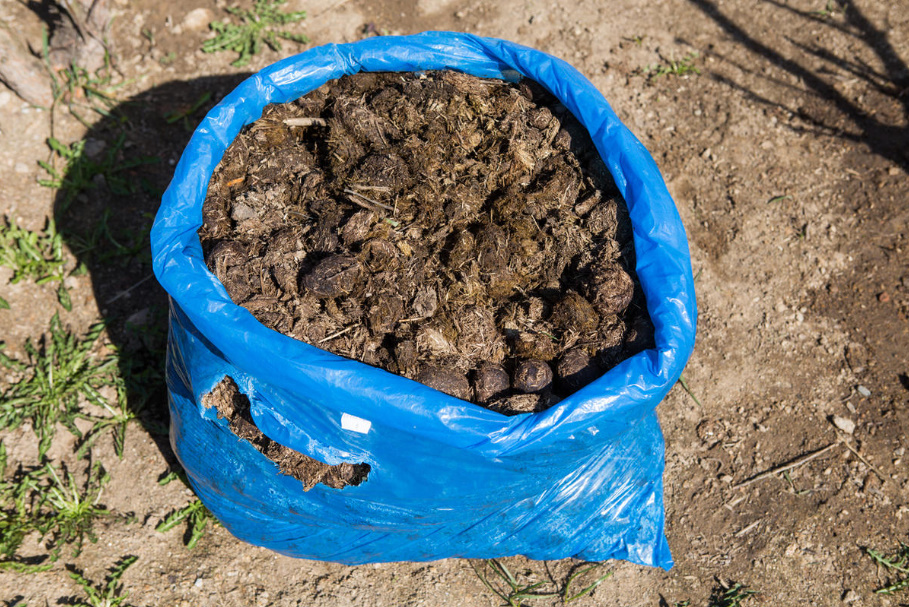
Application of horse manure
Of course, if you have become the owner of excellent, rotted horse manure in the right conditions, you can use it for all crops from vegetables to fruit trees and flowers. But if the amount of valuable fertilizer is limited, then it is worth planning a meal so that there is enough for everyone.
As the main fertilizer
The manure contains all the nutrients necessary for plants, including trace elements. In a completely overripe form — for the most part in the form necessary for assimilation. Additional nutrients are provided by organic litter (straw, peat, sawdust), which, when decomposed, firstly, becomes fertilizer itself, and secondly, absorbs the liquid fraction of animal waste and reduces nitrogen evaporation. In urine, nitrogen is in a water-soluble form, which is more easily absorbed by plants. Therefore, litter manure is considered a complex organic fertilizer.
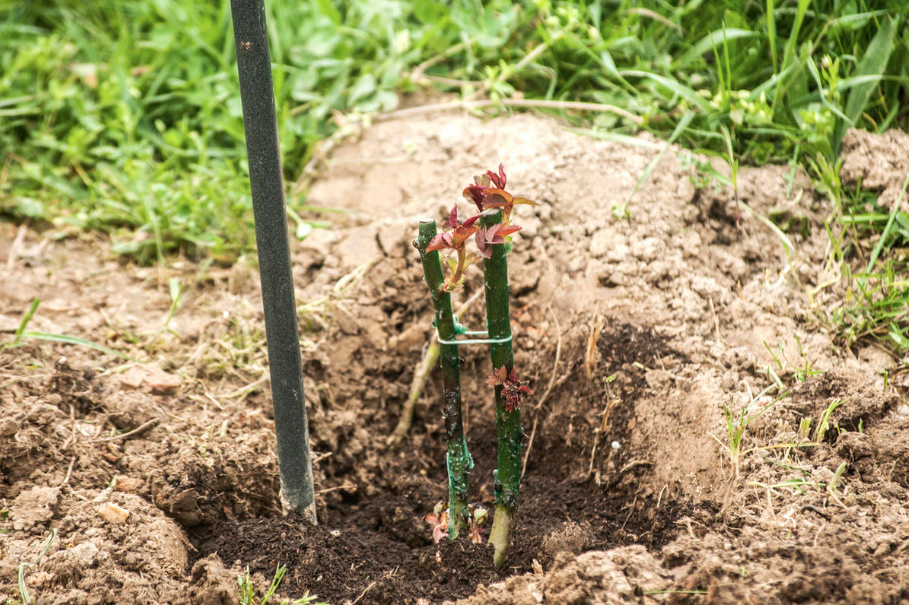
Manure can be applied to the soil in several ways:
- completely for the entire site with sufficient quantity — a ton of half-ripened manure gives 4-5 kg of nitrogen, 2-2.5 kg of phosphorus and 5-7 kg of potassium;
- into the hole when landing.
The digestibility of nutrients from this fertilizer by plants depends on the quality of manure (on the degree of its decomposition) and soil conditions. As mentioned above, fresh manure should not be used as fertilizer — only in the case of creating a “reserve” for the future, if it is not possible to provide conditions for its maturation. Half—ripened manure is brought under digging in the fall, well decomposed – it is better to use in the spring.
As a top dressing
You can make liquid top dressing from horse manure. The preparation is usual — mullein (cattle manure) and bird droppings are also bred. The proportions for horse manure are 1:10 (mother liquor), and after settling for several days, the resulting liquid is diluted with 1:1. Watered at the root at the rate of 0.5 liters per plant. It can also be used for watering fruit trees, but it is easier to mulch their trunk circles with half-ripened manure.
To create fertile soil
Horse manure is not only a fertilizer. When it is applied to the soil, its physico-chemical and biological properties improve.
- The amount of humus and soil nitrogen is increasing.
- The acidity of the soil decreases.
- Sandy soils become more connected, moisture-retaining. Clay, on the contrary, loosen and aerate better, their ability to conduct moisture increases.
- Due to the formation of humates, the nutrition of plants with trace elements — calcium, magnesium, sulfur and others improves.
- The carbon nutrition of plants is improved: during the decomposition of manure, co2 is released.
- Numerous soil inhabitants, from bacteria to earthworms, rejoice: manure is a very suitable food for them, which means that plants also thrive.

For which crops is horse manure fertilizer suitable
The rules for fertilizing horse manure do not differ from the general ones — you should not be zealous with fertilizing green leafy vegetables, spicy greens. Tomatoes, of course, will be happy with such an enhanced diet, but they can “pinch”. But pumpkin crops will be very pleased and will thank you with an excellent harvest. It reacts well to fertilizer with horse manure and potatoes. But even in this case, it is worth “keeping yourself within the limits” and not overfeed. Horse manure is an ideal fertilizer for roses and other flowering plants.
Manure as a fertilizer has a prolonged character — depending on the type of soil, the beneficial effect will last from 3-4 (on sandy) to 6-7 years (in clay). This should be taken into account when planning crop rotation.
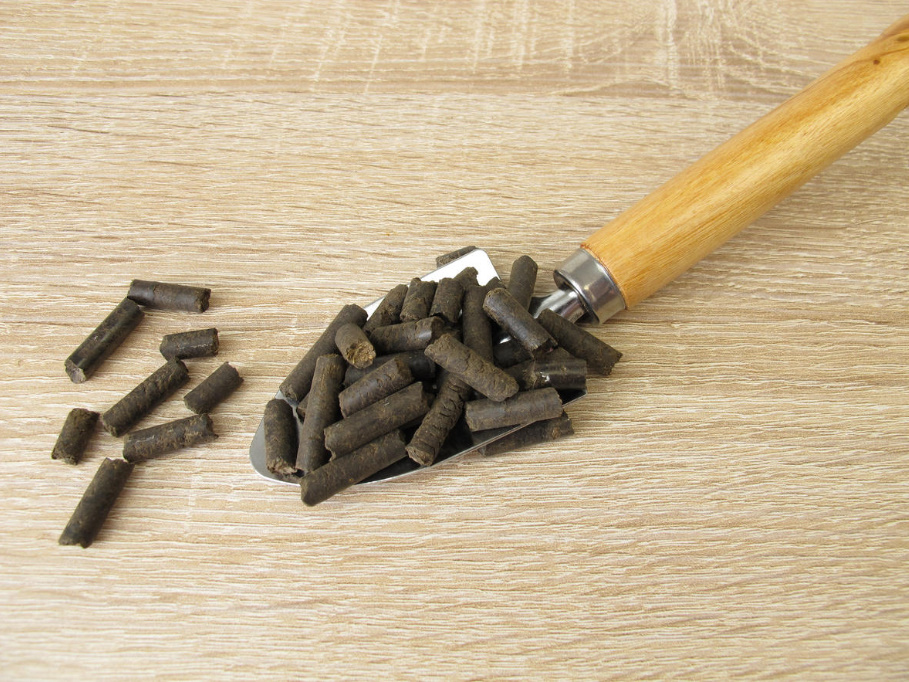
Do you have your own secrets of using horse manure? Where do you get it and which plants do you put in the first place? Share your experience in the comments.
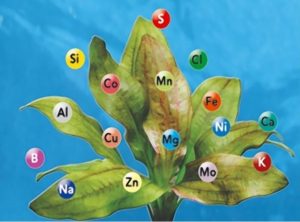


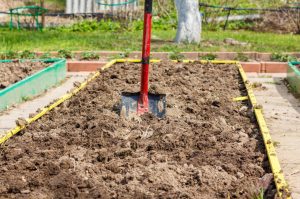
Leave a Reply